
Financial Market (Part 1)
Understand the basics with our interactive market course.
What is the financial market
A financial market is an essential component of the global economic framework, generally describing any environment where financial instruments are traded.
Key financial centers such as London, New York, Chicago, Tokyo, Sydney, and Moscow host physical stock exchanges, where trading occurs during local business hours from Monday to Friday.
Trades may involve the direct acquisition of assets or transactions using derivatives, which can be conducted on regulated exchanges or over-the-counter (OTC). Online trading platforms provide global access, enabling individuals and institutions to buy and sell a wide range of currencies and commodities.

Variety of assets
A wide variety of assets can be traded across global financial markets, including:
- Foreign Exchange (Forex): Currencies traded in pairs such as EUR/USD, where one currency is exchanged for another (e.g., buying euros with U.S. dollars).
- Stocks: Shares of leading companies like Apple, Facebook, and Coca-Cola.
- Energy Commodities: Resources such as crude oil and natural gas.
- Valuable metals: including gold, silver, and platinum.
- Futures Contracts: Agreements to buy or sell goods at a predetermined future date, often used for commodities like cotton, soybeans, and wheat.
- Indices: Market indicators like the Dow Jones, DAX, and S&P 500, which track the performance of groups of stocks.

How Traders Operate in the Market
Traders, both buyers and sellers, engage in transactions with one another in the financial markets. Roughly 85% of them are speculative traders who aren’t interested in taking ownership of physical commodities like crude oil or wheat. Instead, their goal is to profit from changes in asset prices.
These traders typically use online platforms such as MetaTrader or cTrader, which offer live price feeds, various order types, and analytical tools to support decision-making
When traders expect an asset’s price to rise, they open a Buy position, aiming to profit as the value increases. If they believe the price will fall, they initiate a Sell trade, hoping to gain from the decline.
If the market moves against their expectations, the trade will result in a loss. Once the trade is closed, any profit or loss is automatically applied to the trader’s account balance.
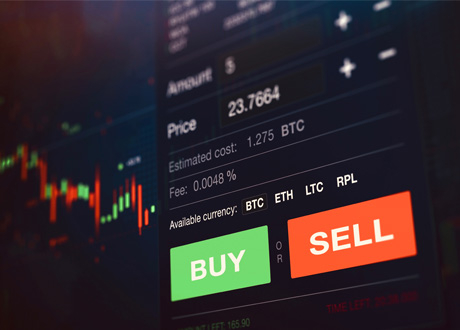
What Moves Asset Prices
The price of financial instruments is in constant motion, often shifting every second. These changes are driven by the balance between global supply and demand for specific assets.
When a large number of traders are going to purchase an asset, whether it's a currency, stock, or metal - demand rises. As more buyers appear, the price usually rises because they are willing to pay more to make the trade.
On the other hand, if fewer people want to buy and more are trying to sell, the demand drops. This usually makes the price go down, as sellers have to accept lower prices to complete their trades.
It’s also important to know that even though supply and demand affect the real market price of an asset, this does not apply in the same way to CFDs (Contracts for Difference). The price of a CFD follows the value of the actual asset, but it is not affected by how many people are trading the CFD itself.
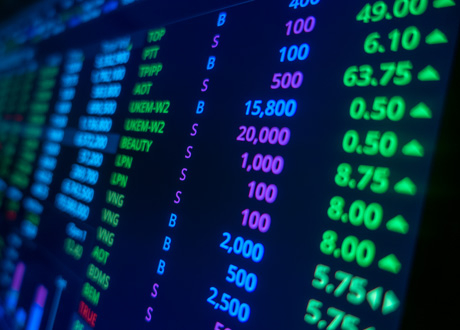
Several factors can influence the quoted price of an asset, including:
- News events: Economic news has a strong impact on a country’s currency. Negative reports often cause the currency to lose value, while positive news can lead to an increase in value.
- Central Bank decisions: When a country’s Central Bank changes interest rates or makes important announcements, it can affect investor confidence and lead to price movements in the market.
- Corporate earnings reports: Companies listed on the stock exchange regularly publish financial updates. If the results are much better or worse than what analysts expect, the company’s share price may rise or fall sharply.
Government economic data: Reports on unemployment, inflation, and trade balance are closely followed by traders. Both the numbers and any official comments about future economic plans can influence market prices.
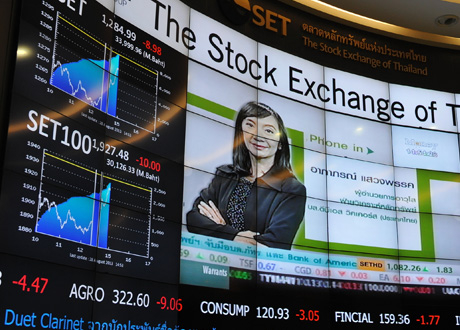
Now let’s take a look at the main participants in the financial markets:
- Major banks
Large financial institutions like UBS, Deutsche Bank, JPMorgan Chase, Citibank, and Goldman Sachs handle a huge volume of daily trades involving foreign currencies and currency-based derivatives. These transactions are made both for the banks’ own needs and on behalf of their clients, which may include companies, governments, hedge funds, or wealthy individuals.
- Governments and Central Banks
Examples include the European Central Bank, the Federal Reserve (USA), the Bank of Japan, and the Bank of England. These institutions manage their country’s currency and help regulate the overall presence and activity of banks in the financial system.
- Smaller banks, businesses, and hedge funds
These participants often exchange one currency for another to support international trade or investments. Some may also engage in speculative trading, aiming to profit from changes in currency values.
- Brokerage firms
These companies act as a bridge between private traders and the financial markets. With the help of an online CFD broker, individual traders can buy and sell financial instruments from almost anywhere in the world.
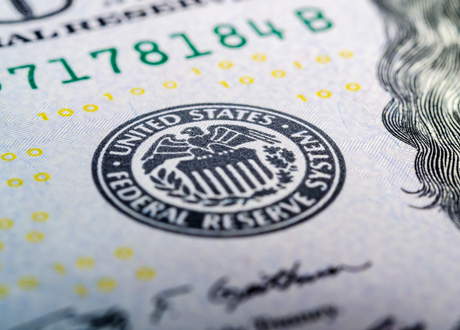
Let’s review the key points from this lesson:
- The financial market is made up of both buyers and sellers. Trading can take place on traditional stock exchanges or through online over-the-counter (OTC) platforms, where people can speculate on price changes.
- There are many types of assets available for trading, including foreign currencies (Forex), precious metals, company stocks, market indices, futures contracts, and more.
- Traders place Buy orders when they expect prices to go up and Sell orders when they expect prices to go down. If the market moves in the opposite direction of their prediction, they will face a loss.
- Prices are mainly driven by Supply and Demand, but they are also influenced by news events, Central Bank policies, company reports, and economic data such as inflation or unemployment figures.
The main participants in the financial markets include large international banks, Central Banks, governments, smaller banks, hedge funds, and brokerage firms that connect individual traders to the market.
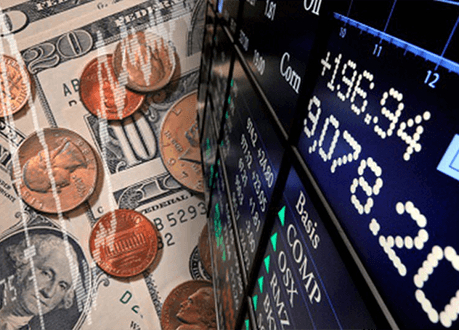
Risk Warning: Before you start trading with leverage, ensure that you understand the associated risks and possess a sufficient level of knowledge
We do not serve customers from the USA and Iran



.svg)